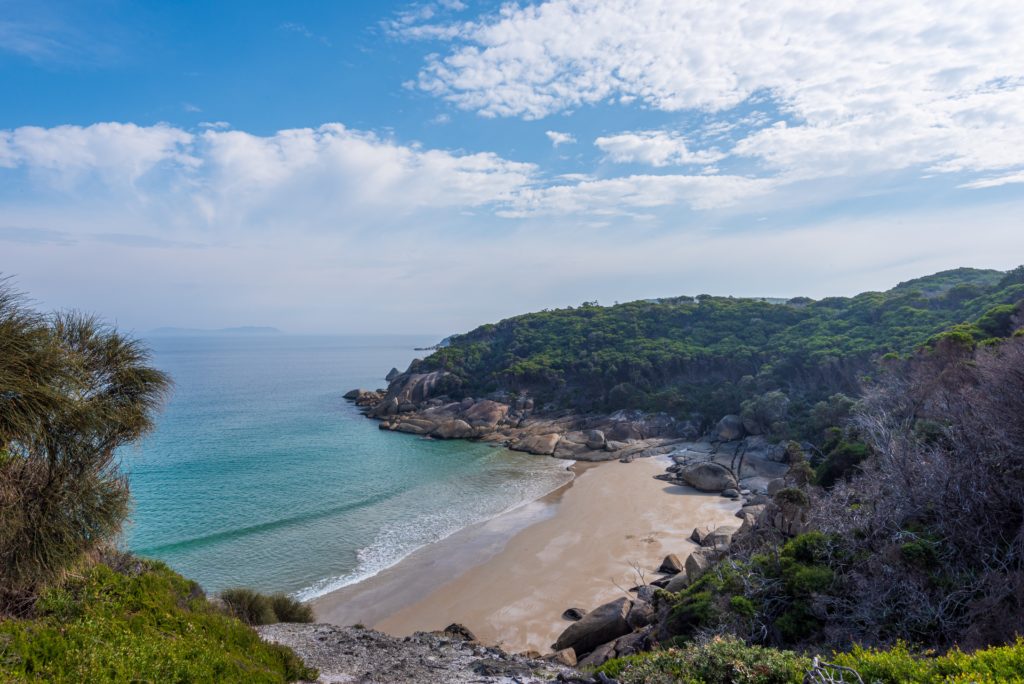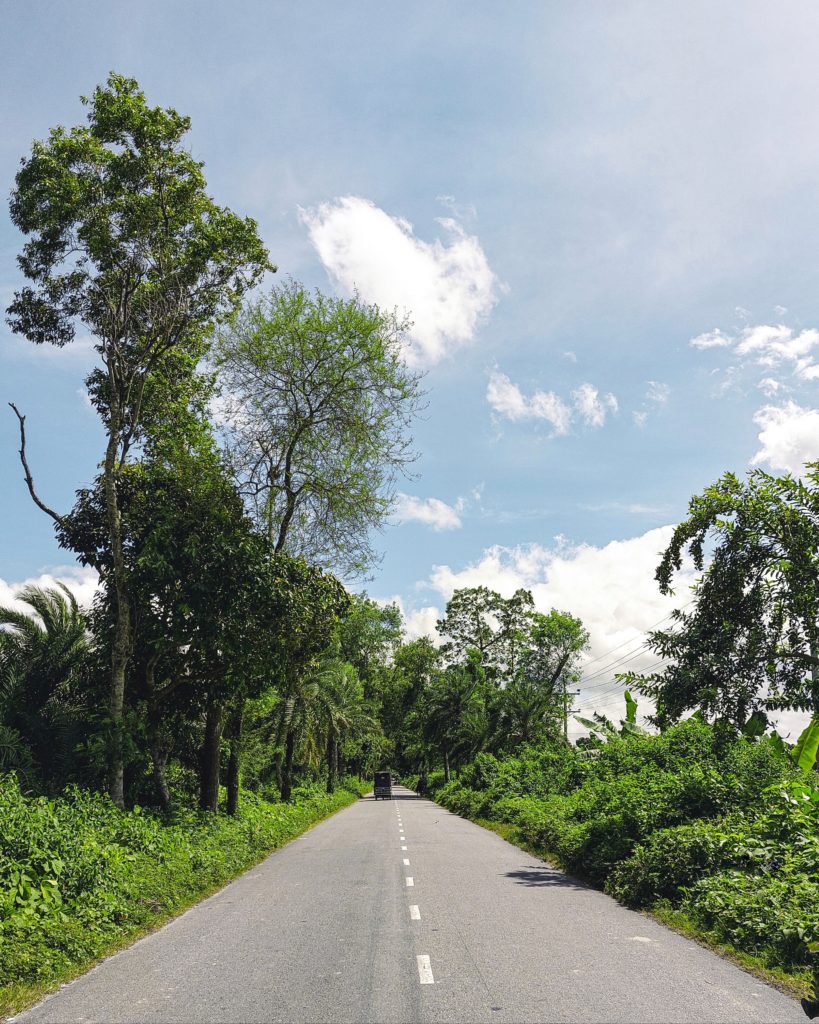The sentiment around Davao City commercial and industrial real estate development continues to remain bullish, thanks in no small measure to several ongoing infrastructure projects that are slated to be completed before the end of the current decade. Despite setbacks caused by the COVID-19 pandemic, local confidence in the completion of these projects continues to ride high, and the consensus is that these megaprojects will usher in a new phase of economic development for Davao City.
Here are just some of the unprecedented infrastructure and public works projects that Davaoeños can look forward to in the next few years.
1.) Davao City Bulk Water Supply Project
Davao City has historically relied on groundwater wells for its freshwater supplies. The city’s massive population growth has rendered these slow-replenishing sources inadequate, leading the Davao City Water District (DCWD) to search for a sustainable solution.
The Davao City Bulk Water Supply Project (DCBWSP) is an ongoing effort by the DCWD and its private partner to ensure that Davaoenos have access to safe, clean, and sustainable water supply. Currently being developed by Aboitiz InfraCapital’s Apo Agua, the project will tap the Tamugan River as its main source and will employ the water-energy nexus concept, a first in the country, generating renewable energy through an integrated hydroelectric power plant to power the water treatment plant.
The DCBWSP is likely to serve as a template for other water infrastructure projects in the Philippines, thanks to its pioneering “water-energy nexus” concept. Like Davao City, many other Philippine cities rely on increasingly overdrawn underground water sources and reservoirs. Future urban water infrastructure projects may ultimately draw lessons from the DCBWSP to build their own water-secure futures.
2.) Davao Sasa Port Modernization Project
The Philippines is likely to ratify the Regional Comprehensive Economic Partnership (RCEP) agreement soon, opening the possibility for increased trade with RCEP signatories, specifically Indonesia, Malaysia, Australia, and New Zealand. Given their geographic locations. Much of the trade with these countries already goes through Davao’s Sasa Port. However, as it stands, the port’s current capacity may prove inadequate for the increased projected trade volumes that the RCEP and other future trade agreements would bring.
The Davao Sasa Port Modernization Project aims to bring the current Davao Sasa Port in Davao City up to the task of accommodating future trade volumes. The modernized Sasa Port will feature a new apron, container yards, and warehouses, as well as new ship-to-shore cranes and gantries. These and other slated improvements may help Davao City become a preferred international seaport. If this happens, it would have a plethora of economic benefits for the wider Davao Region as well as the rest of Mindanao.
3.) Davao City Bypass Road
Related to the modernization of Davao Sasa Port is the ongoing 45.5-kilometer Davao City Bypass Road Project. This is a priority project that will also include what will be the longest road tunnel in the Philippines.
The Davao City Bypass Road will enable trucks and other vehicles to bypass Davao city proper, reducing traffic congestion and improving access to facilities such as the Davao Sasa Port and the Davao International Airport. The development of the bypass road should allow transportation hubs such as Davao Sasa Port and the Davao International Airport to move people and goods more efficiently.
The bypass road will also cut down travel time between Davao City and Panabo City, Davao Del Norte from a usual time of 1 hour and 45 minutes through the Maharlika Highway to just under 50 minutes. This could help improve local logistics routes and improve access to services in the area.
4.) Samal Island – Davao City Connector (SIDC)
The ongoing Samal Island – Davao City Connector (SIDC) bridge project will finally connect the Island Garden City of Samal on Samal Island with the rest of Metro Davao.
During the bridge’s groundbreaking ceremony, President Ferdinand Marcos Jr. revealed that the 3.98-kilometer SIDC is expected to serve at least 25,000 vehicles daily by the year 2027, the projected year of completion. Environmental safeguards have been included in the SIDC to ensure that the damage to the coral reefs in the area would be minimized, thus preserving them for future generations.
The bridge has overwhelming support among stakeholder communities, with 43 out of 46 village leaders voicing support for the SIDC. LGUs have been supportive of the SIDC, thanks to the prospect of additional tourism as well as improved access to hospitals located in Davao City.
5.) Mindanao Railway: Tagum-Davao-Digos (TDD) Segment
The Mindanao Railway Project (MRP) is set to become one of the most ambitious public works projects in Philippine history. When completed, the 1,544-kilometer railway will link Davao City, Cagayan de Oro City, Iligan City, General Santos City, Cotabato City, Zamboanga City, Butuan City, Surigao City, Malaybalay, as well as other smaller component cities. The completion of the MRP will likely boost the economy and dramatically reduce the cost of transporting goods and people throughout the Mindanao mainland.
Should the MRP finally break ground, Davao City will be one of the primary beneficiaries of the MRP through the Tagum-Davao-Digos (TDD) Segment. As the richest city and largest population center in Mindanao, Davao City is going to be prioritized in the ambitious project. Even the completion of just the TDD Segment is likely to further cement Davao City’s status as a regional economic hub.
The groundwork for Davao City’s phase of development is currently being laid by the public and private entities responsible for these and other projects. These projects promise to allow Davao City to better harness its advantages as a regional economic hub and may even be key to expanding its role as a major international transit hub, bringing a new level of prosperity to the city. Thanks to the work of thousands of Filipinos in the public and private sectors, the city’s future looks brighter than ever.






